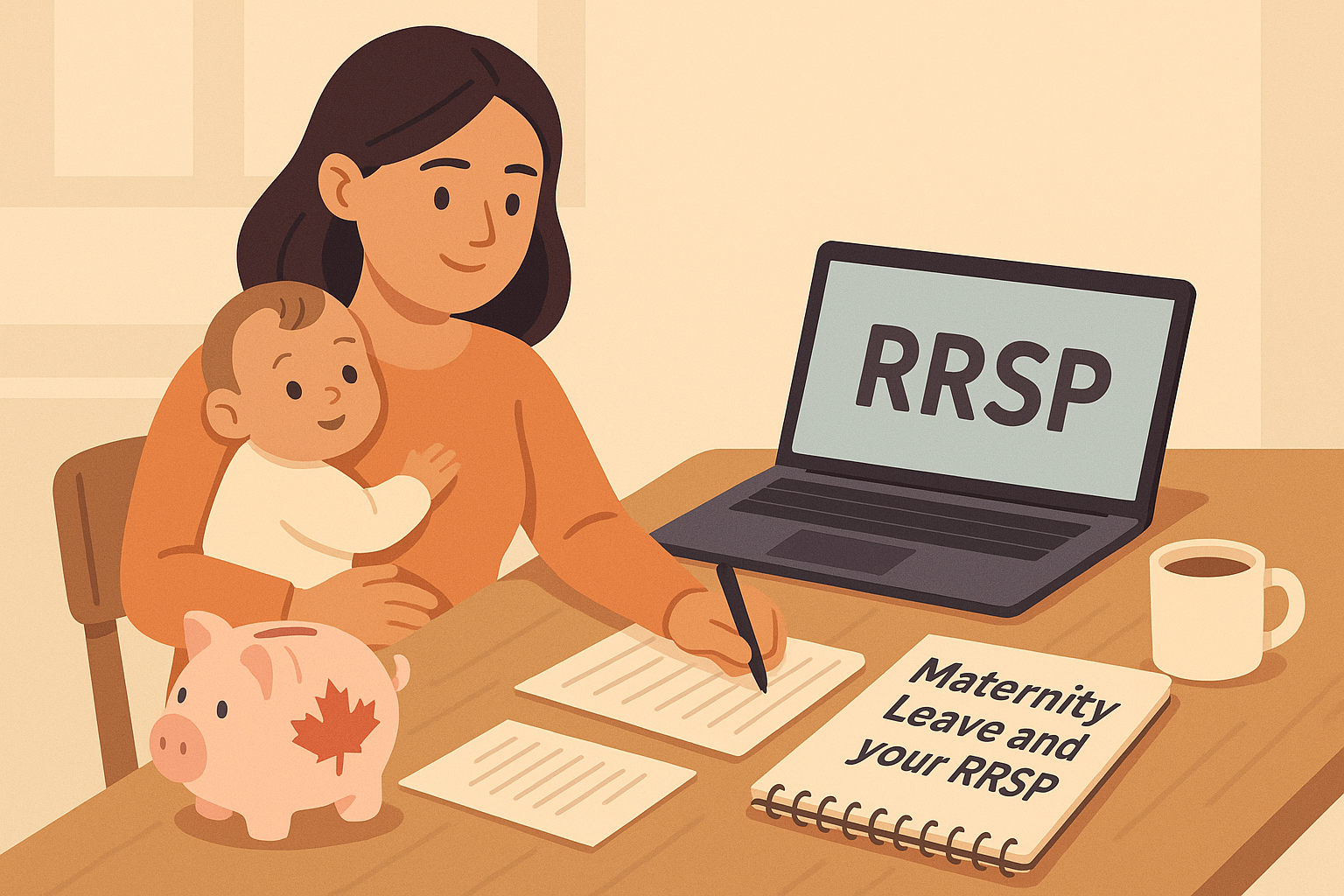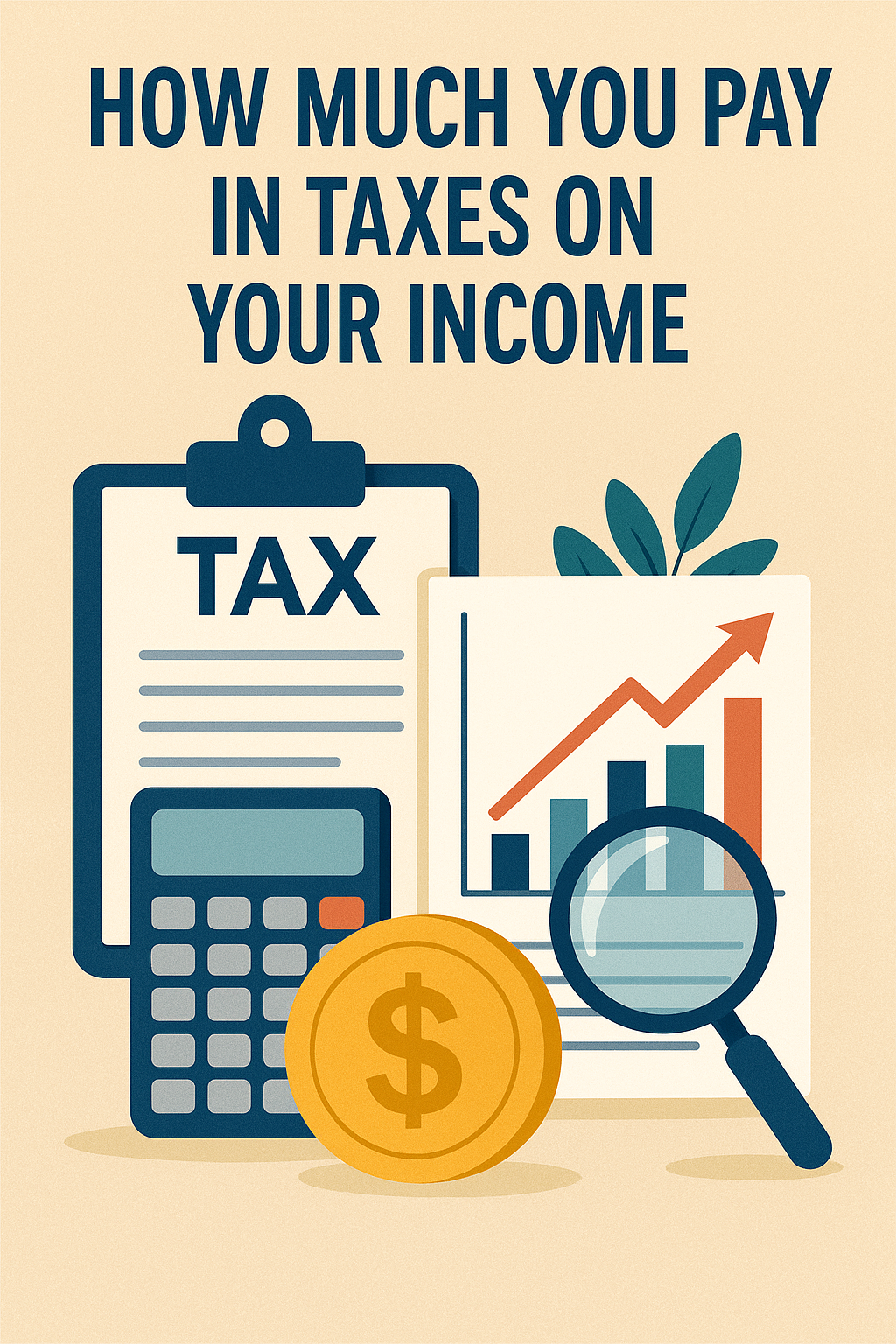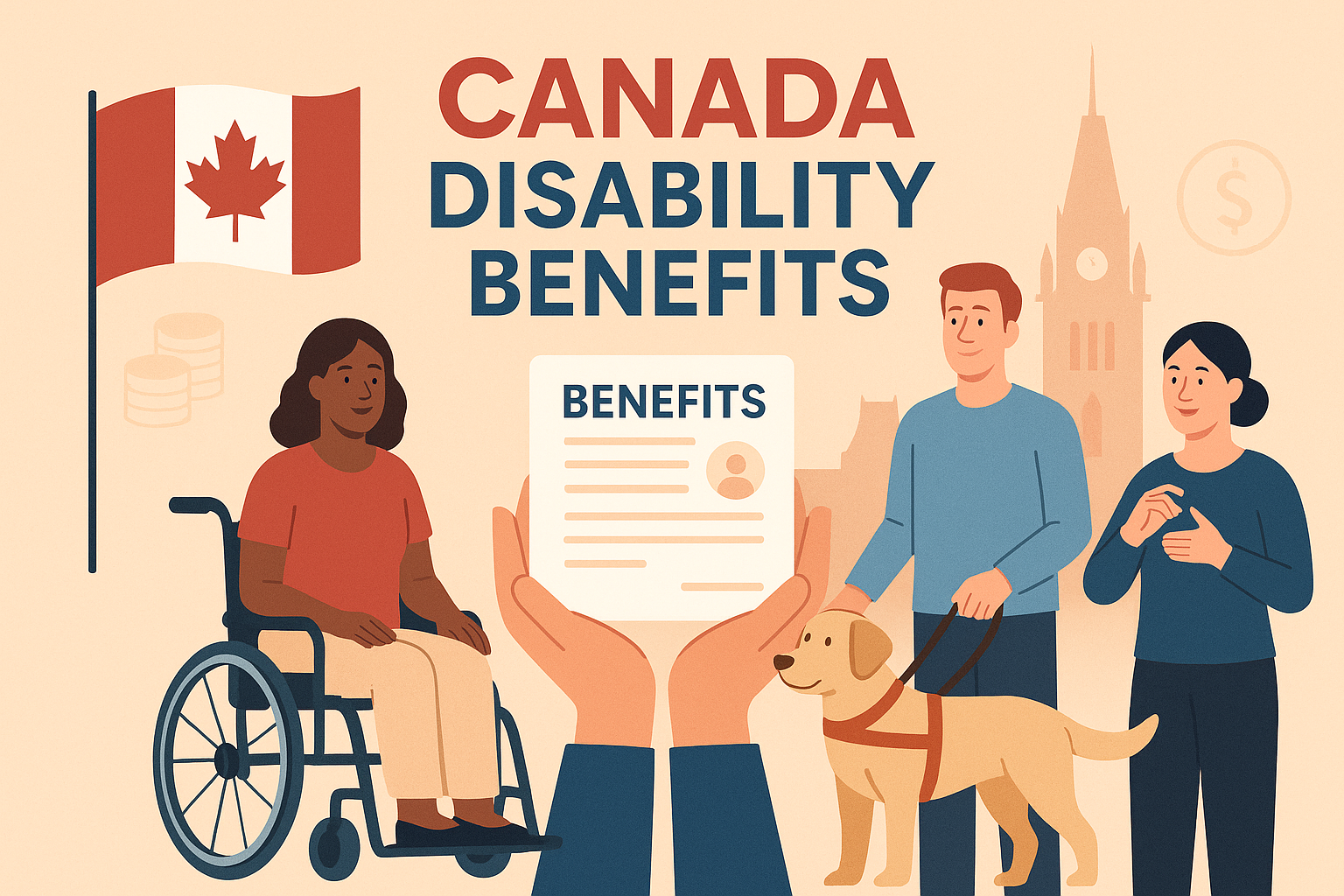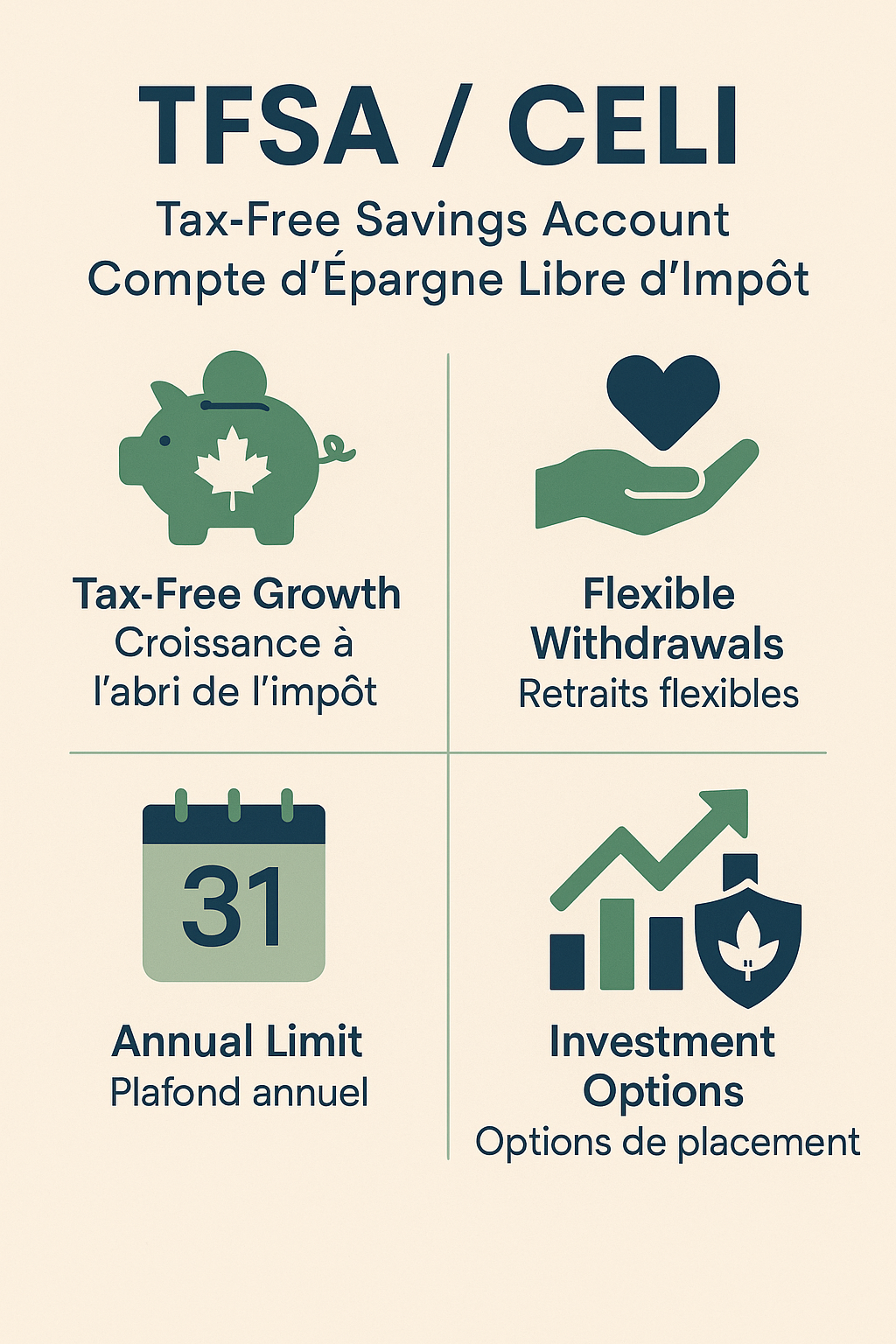In Canada, mothers who welcome the arrival of a child are entitled to Employment Insurance (EI) maternity and parental benefits. These two benefits – among the most generous in the world – replace a portion of the mother’s income during her leave. Even with these generous benefits, however, mothers will unfortunately not receive the same amount as when they were working. And since their income is reduced, it is likely that their ability to save will be reduced as well.
The rest of this article explains how a mother’s RRSP is affected during maternity leave. I also propose some solutions to help preserve the ability to save during this period. If you want to learn more about RRSPs before continuing, I recommend reading our recent article The Complete Guide to the RRSP (2025 Edition).
Please note that the analysis here was done using standard parental benefits only. For those who opt for the extended parental benefits, the numbers presented would differ significantly.
Disclaimer
While I try to ensure the accuracy of the information contained on this blog, I do not guarantee it. I’m not a licensed financial adviser nor a lawyer, so take this blog only as an educational resource and my personal thoughts and opinions. No liability is assumed for losses or disappointments due to the information provided. It is important that you always exercise your own judgement when making decisions that can impact your wallet, and your life!
I. Your Income During Maternity and Parental Leave
For mothers who use maternity and standard parental EI benefits, the wage replacement rate is 55% of your average insurable weekly earnings, up to a maximum amount. In 2025, the maximum weekly benefit is $695 per week. As of January 1, 2025, the maximum yearly insurable earnings in Canada (outside Quebec) is $65,700. In Quebec, which has its own parental insurance plan, the maximum yearly insurable earnings is $98,000.
For mothers fortunate enough to work for employers who offer supplemental payments during maternity or parental leave, the top-up amounts can increase your income replacement rate beyond 55%. For example, many federal government employers offer a top-up that brings the total income replacement up to 93% of the regular salary during parental leave.
II. Your RRSP Contribution Room
Your RRSP contribution room represents the maximum amount you can contribute to your Registered Retirement Savings Plan each year. This amount is generally equal to 18% of your earned income from the previous year, up to an annual limit set by the federal government. In 2025, this annual contribution limit is $32,490.
III. Taxes on Your Benefits and Impact on Your RRSP
EI benefits are taxable, no matter which type of benefit you receive. Federal and provincial (or territorial) taxes, where applicable, will be deducted from your payments. In other words, you will pay income tax on both the maternity and parental benefits you receive. Additionally, any maternity or parental leave top-up payments from your employer are considered taxable income and will be subject to income tax deductions as well.
Another important point is that maternity and parental benefits are not considered earned income. This means they do not generate any RRSP contribution room. In other words, during a maternity or parental leave, a mother does not accumulate new RRSP contribution rights the way she would if she were earning a salary. This also means that, during the leave period, mothers build up less RRSP contribution room compared to fathers or partners who continue working and earning income.
III. How to Preserve Your Savings Capacity
Section I of this article showed that maternity and parental benefits, even in the best case, do not allow mothers to receive 100% of their usual salary during maternity leave. This reduction in income not only lowers their RRSP contribution room (for the following year) but also reduces their capacity to save in the moment.
To help correct this imbalance, one solution is for the mother’s partner to contribute indirectly to her RRSP as a gesture of support. For example, the partner could provide an amount of money which the mother then contributes directly to her RRSP. Of course, in this case, the partner (the contributor) would not benefit from any tax deduction for contributing to the spouse’s RRSP—this would be done purely in the spirit of supporting the family.
After all, having a child is a family choice; therefore, the financial consequences should not rest solely on the mother’s shoulders.
Section III also showed that since maternity and parental benefits are not considered earned income, they do not create any new RRSP contribution room for the mother. In other words, a mother’s RRSP contribution room will not increase during her leave as it would for someone who continues working.
Unfortunately, there is nothing a partner can do to address this particular issue. Only policymakers can ultimately correct this inequity.
Donate To Support This Blog
If you find this content helpful, please consider supporting Finance Faded with a small donation. As a solo author, I cover all costs—from hosting and domain fees to essential plugins and maintenance—out of pocket. Your contribution helps keep the site running and allows me to continue producing independent, high-quality financial insights. You can donate any amount by clicking on the “Buy Me a Coffee” button below. Thank you for your support!







